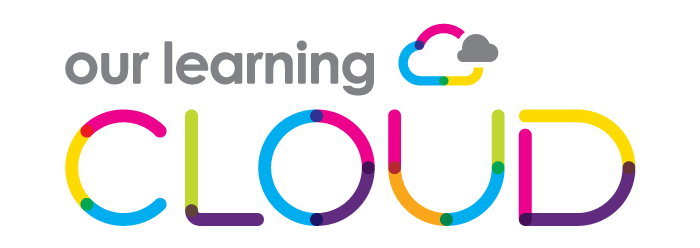
With artificial intelligence (AI) emerging as a game-changer, technological breakthroughs have drastically changed the face of education in recent years. The potential of artificial intelligence (AI) to improve teaching, expedite processes, and customise instruction is starting to dawn on educators. But before educational institutions can effectively utilise AI, they need to determine whether their current IT systems are ready for the shift.
The Promise of AI in Education
Integrating AI into educational environments opens up a world of possibilities:
Personalised Learning: AI can analyse individual student data to tailor learning experiences, identifying strengths and weaknesses to provide customized support. This approach not only boosts engagement but also helps students achieve their full potential.
Enhanced Administrative Efficiency: AI-driven tools can automate routine administrative tasks, from grading assignments to managing schedules. This not only saves time for educators but also allows them to focus more on teaching and less on paperwork.
Data-Driven Insights: AI systems can process vast amounts of data to provide actionable insights into student performance and engagement. Educators can leverage these insights to refine their teaching strategies and better support their students.
Preparing Your Tech Setup for AI
To effectively integrate AI into the educational framework, schools need to ensure their tech infrastructure is up to the task:
Robust Internet Connectivity: A strong, reliable internet connection is crucial for utilising AI tools effectively. Without it, schools may face disruptions that hinder the learning experience.
Cloud-Based Solutions: Adopting cloud technologies, such as Microsoft 365, allows for greater flexibility and collaboration. AI applications often thrive in cloud environments, where they can access and process data in real time.
Data Security Measures: As schools begin to collect and analyse more student data, it’s vital to implement strong security protocols. Advanced threat protection and data loss prevention measures will help safeguard sensitive information against cyber threats.
The Role of Training and Support
Successfully integrating AI into the classroom doesn’t just rely on technology—it also requires effective training and support:
Professional Development: Providing educators with ongoing training on AI tools and their applications will empower them to leverage these technologies effectively in their teaching.
Student Engagement: Equipping students with the knowledge and skills to navigate AI-driven platforms ensures they can make the most of the resources available to them.
Challenges and Considerations
While the benefits of integrating AI in education are clear, schools must navigate several challenges:
Cost of Implementation: Transitioning to AI-enhanced systems may require upfront investments in new technologies and infrastructure. Schools need to consider budgeting for these expenses.
Ethical Considerations: As schools collect more data on students, they must remain vigilant about privacy concerns and ensure they comply with regulations regarding data protection.
Infrastructure Readiness: Assessing existing IT infrastructure is essential. Schools must ensure their systems can support the new technologies without interruption.
Conclusion
As educational institutions increasingly embrace AI, evaluating and enhancing tech setups will be crucial for success. By investing in reliable infrastructure, cloud-based solutions, and robust security measures, schools can unlock the full potential of AI to transform teaching and learning experiences.
The integration of AI in education not only prepares students for a future driven by technology but also positions schools as innovators in the ever-evolving educational landscape. By embracing these advancements, educational institutions can deliver exceptional value to their students and communities, nurturing a generation of learners ready to thrive in a digitally connected world.
